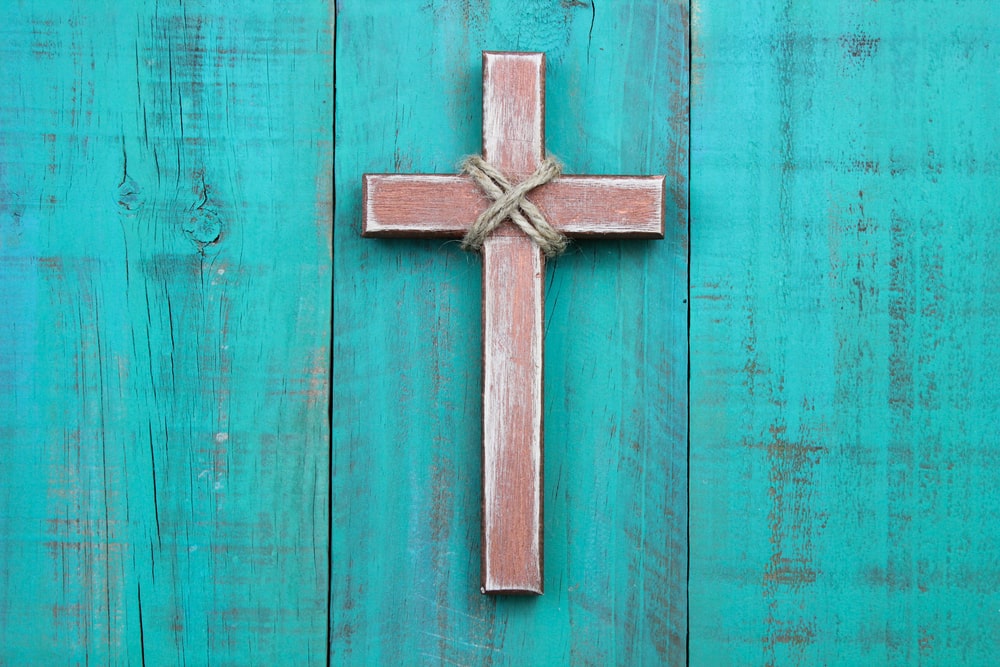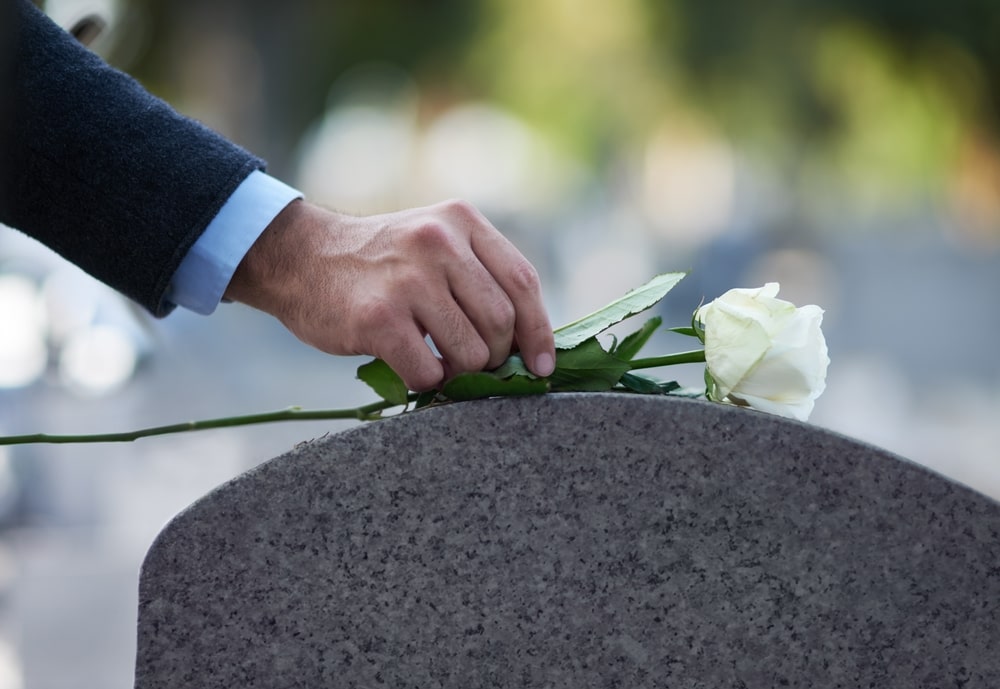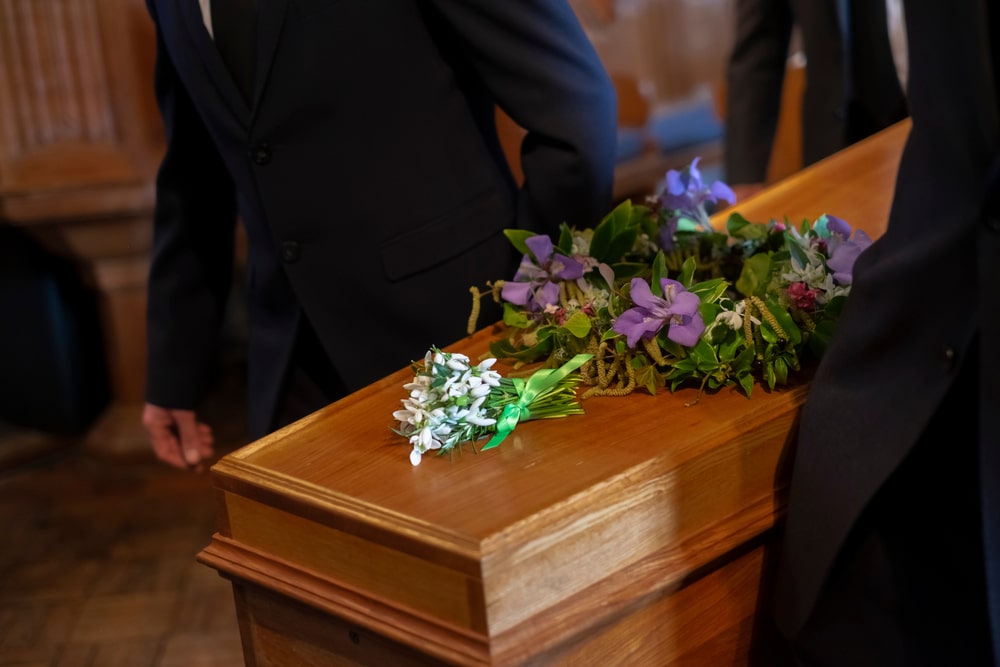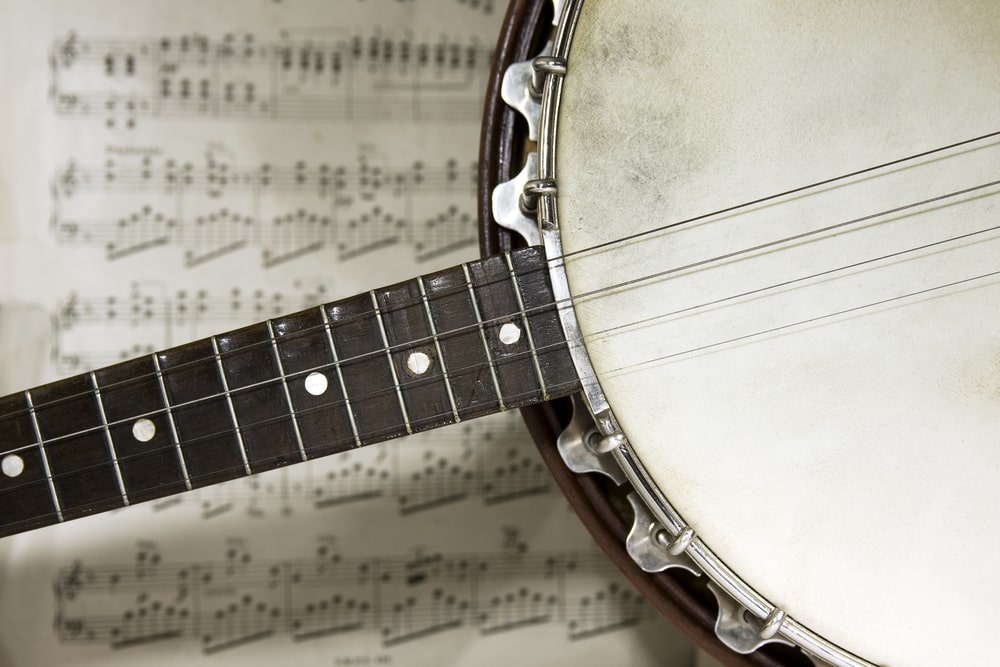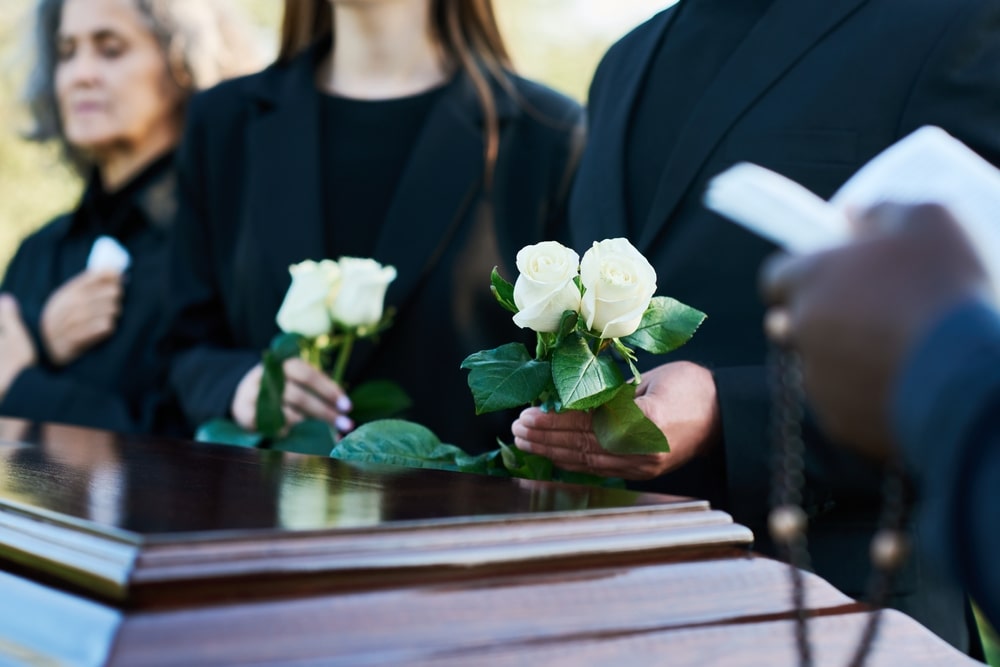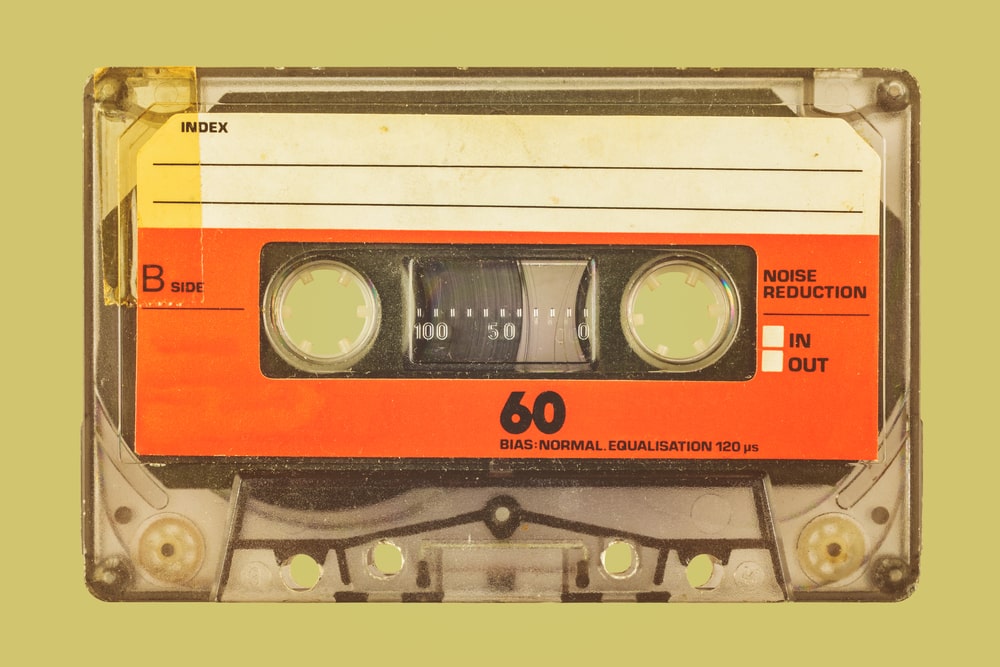
The funeral is a time to truly honor and remember a loved one’s life, but how can you personalize the service to reflect that special person’s personality, preferences, interests, and uniqueness? According to Dr. Alan Wolfelt, nationally respected grief counselor and author, there are 7 distinct elements to a funeral, and each one can be personalized. Today, let’s talk about different ways you can personalize the eulogy and create an event that is truly special and meaningful.
First, Why Does Personalization Matter?
“I encourage you to slow down, take a deep breath and focus on what is really important—what is essential—about the funeral you are planning. What is essential is the life that was lived and the impact that life had on family and friends. To honor that unique life, the funeral must also be unique. Over and over, families tell me that the best funerals are those that are personalized.” – Dr. Alan Wolfelt
In a world focused on efficiency and getting things done as quickly as possible, the funeral is a moment to slow down and be thoughtful. When we do things too quickly, they can sometimes feel impersonal and hollow. That’s why personalization is key!
A personalized service beautifully and lovingly honors life. It creates a sweet moment of remembrance, a time to say goodbye, a unique acknowledgement that a person’s life mattered in all the big and small ways. Now, let’s talk about eulogies and their vital role in personalizing a funeral or memorial service!
How to Personalize the Eulogy at a Funeral
In many ways, the eulogy may be the single most important aspect of a loved one’s service. It’s a time to acknowledge and affirm the significance of their life. A time to share memories, to reflect on important life lessons, and to celebrate who they were as a unique individual. The eulogy can be delivered by a clergy person, a family member, or even by a series of people, and it’s important to be thoughtful and intentional about the tribute you give.
1. Share cherished memories
When crafting a eulogy, consider what comes to mind when you think about the person who has died. What are your most significant memories with them? If they were a prankster, share their best jokes or tricks. For animal lovers, talk about beloved pets. If there are family memories that bring joy, paint a picture of those moments. Were they a board game enthusiast? Give the audience a retelling of an epic game. You can go many different directions with the eulogy, based on your loved one’s life and the most meaningful moments you shared.
2. Highlight community involvement
Some people are known for their contribution to the community, and it would be remiss not to mention their volunteer work. You might consider also asking fellow volunteers or organization leaders to step up and give a short eulogy. Alternatively, if your loved had a career that positively impacted others, you could invite colleagues to say a few words. No matter where they volunteered or how they gave back to the community, there are people who can speak to that specific aspect of your loved one’s life and honor their commitment and dedication to a cause.
3. Bring visual aids
Another option for personalizing the eulogy is to bring visual aids. This might sound a little odd at first, but visual aids can increase the impact of the eulogy. For example, if you are sharing memories, bring a slideshow of related photos and use them to emphasize your storytelling. Or, if your loved one was an artist, bring a particularly meaningful project with you and share its significance. There are so many items you could bring as visual aids. You could bring anything from crafts like quilts to sports equipment like golf clubs or a fishing pole. The funeral home can even work with you to bring in larger visual aids, such as a motorcycle or something similar.
4. Use your personal talents to create a unique tribute
Sometimes, words aren’t enough, and we must express ourselves in other ways. If you are a songwriter, you could compose a song in honor of your loved one and include it in your eulogy. For those who are more artistic, consider painting, drawing, or building something that showcases your love for the person who has died and share its meaning in the eulogy. Are you a dancer? Choreograph a routine to the tune of your loved one’s favorite song. While the eulogy is about honoring the person who has died, it’s also about your grief journey and how you want to honor their life. Don’t be afraid to use your talents to say goodbye.
Questions to Help You Brainstorm
If ideas aren’t coming to mind already, here are a few questions to help you brainstorm what you could include in a meaningful eulogy at a service.
- Are there any memories that are particularly meaningful to you?
- Did you and your loved one share a hobby or interest?
- Was your loved one involved in community work?
- If people were to describe your loved one, what would they say?
- Were they passionate about something in particular?
- Were they family-famous for anything?
Hopefully, these questions will trigger some ideas for you and give you a good starting place for crafting a eulogy that will honor your loved one’s life beautifully. And if you are stumped, your funeral director can help. They are your advocate and guide throughout the funeral planning process. They can provide much-needed assistance when you just aren’t sure what to do next.
For additional inspiration, here are more articles on eulogies that may help:












